| Forster Art Complex Dennis Gallery: February 11 -
March 29, 2019 |
 |
|
General Artist Statement
The collection of
artworks I’m presenting at Austin College were inspired by notions of
landscape and the conservation of our natural environment. This
exhibition presents works created from 1999-2019 and features
photography, drawing, painting and printmaking.
As an image maker, I
am motivated by love and out of concern for the conservation of nature.
My motivation is closely linked to growing up having
loving experiences in nature at an early age. I spent the majority of my
time as a youth outdoors between the Wichita Mountains in
Oklahoma and the White Mountains in Arizona. Generally speaking, I’m
very much interested and influenced by ideas about landscape, the
environment, endangered and invasive species; endangered landscape and
the sacred and profane landscape. |
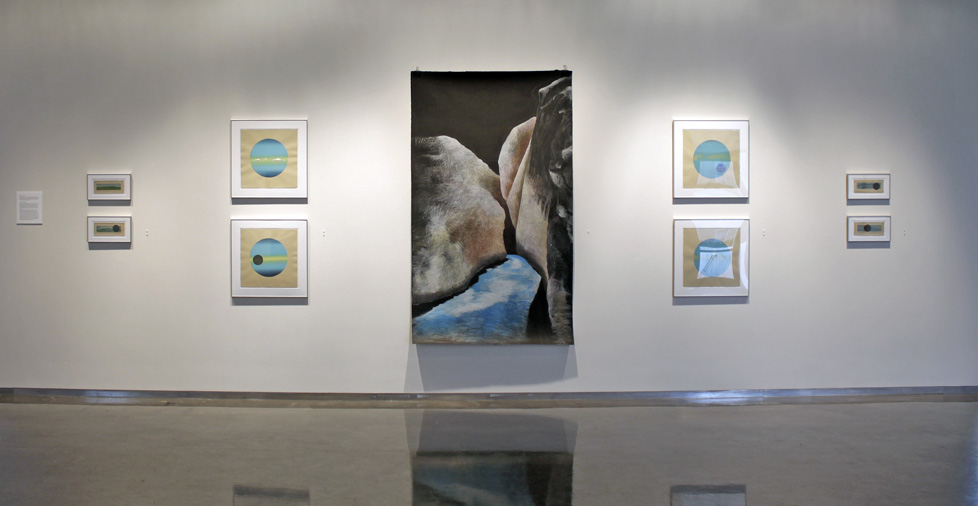 |
 |
 |
 |
|
Evolution of the Dot |
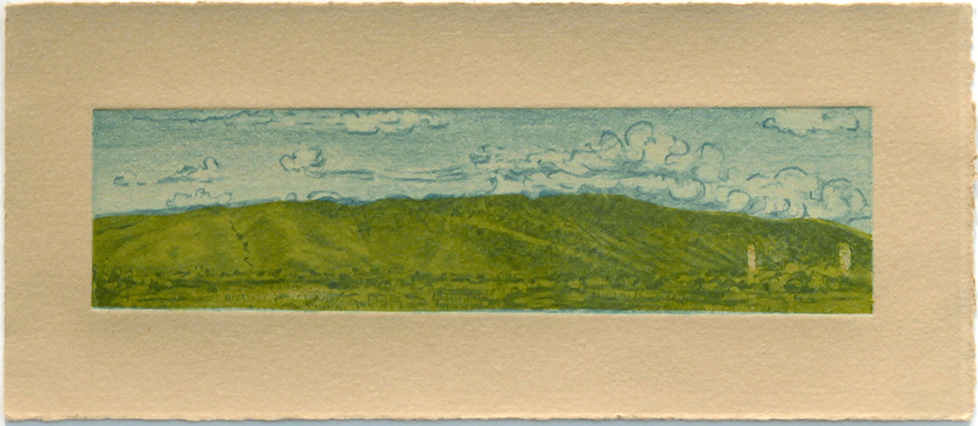 Retracing Steps: Kealia #3 intaglio and screenprint 8" x 16" 2018 |
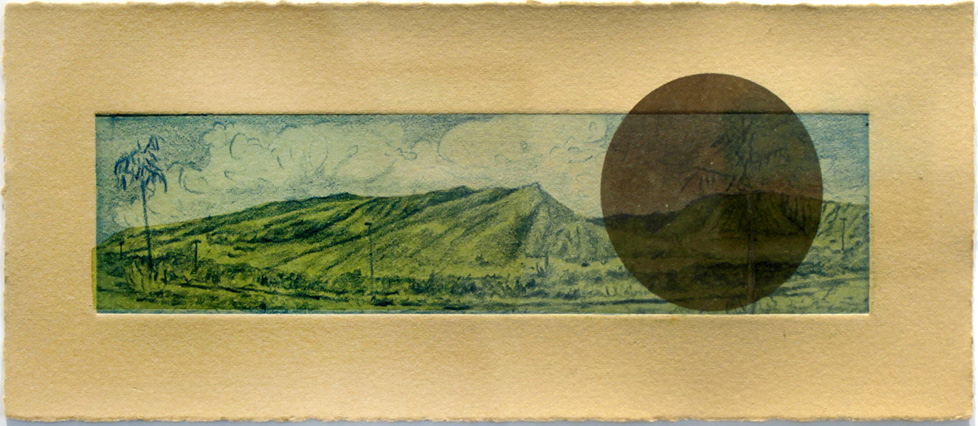 Retracing Steps: Possible Site of Olowalu Massacre 1790, #1 intaglio and screenprint 8" x 16" 2017 |
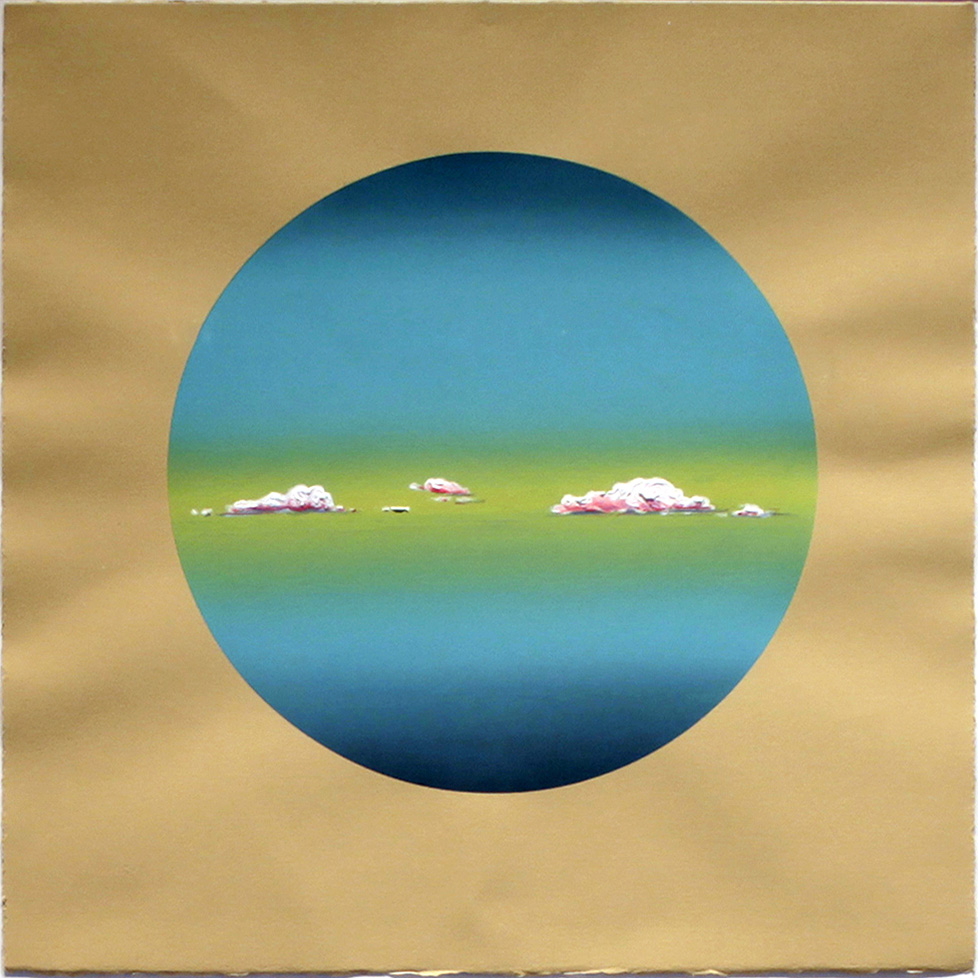 Sea-Skyscape #10 screenprint, heavy body acrylic paint and color pencil 16" x 16" 2018 |
 Sea-Skyscape #11 screenprint, heavy body acrylic paint and graphite pencil 16" x 16" 2018 |
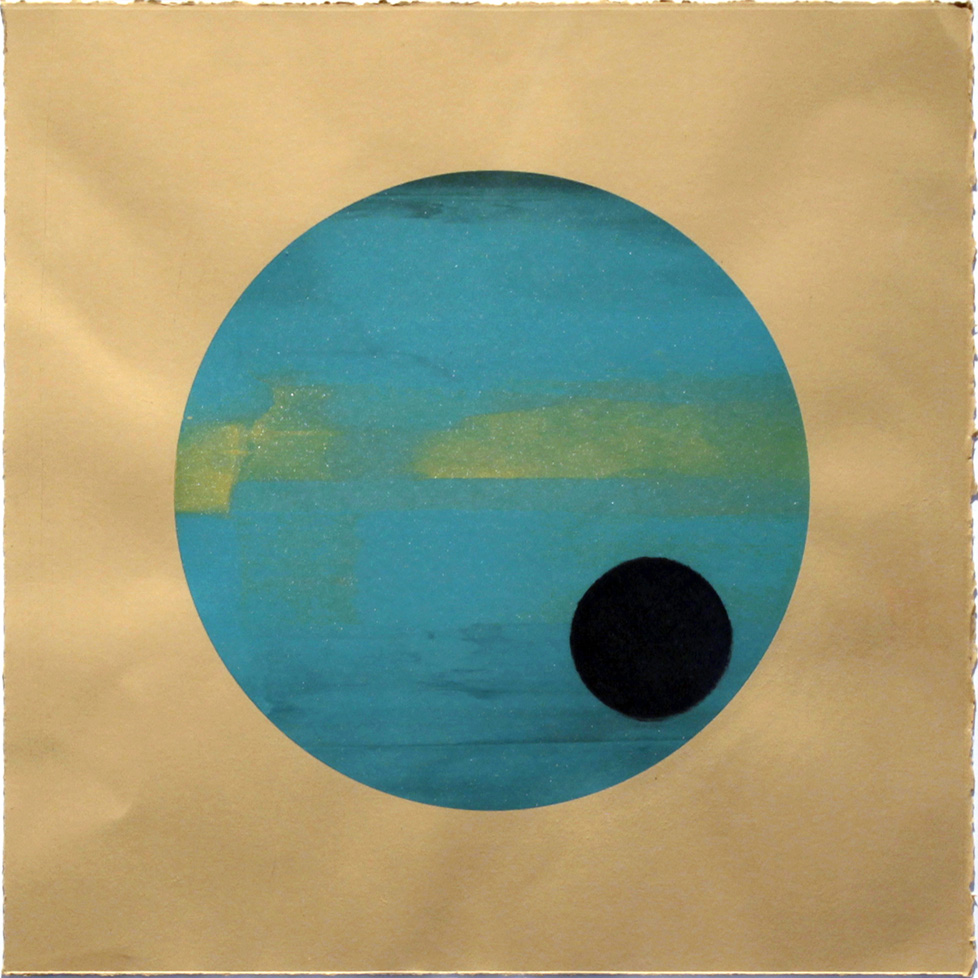 Sea Skyscape #12 screenprint, heavy body acrylic paint and graphite pencil 16" x 16" 2018 |
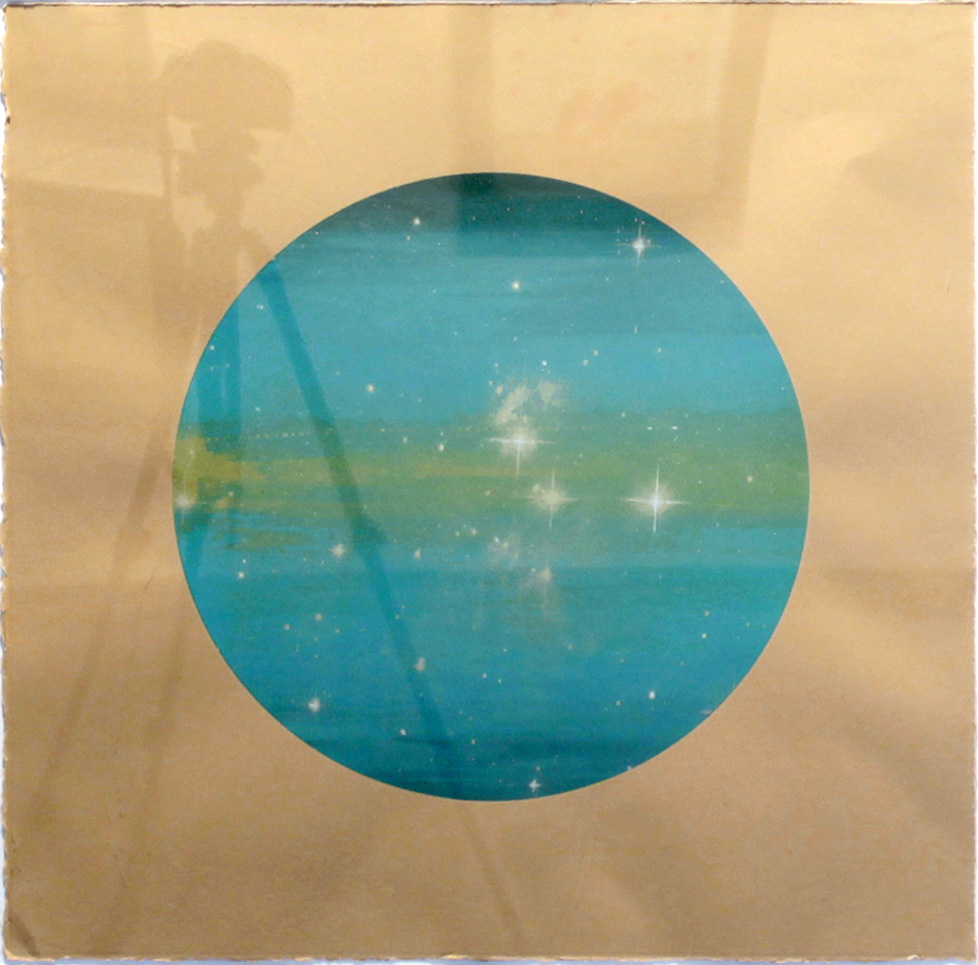 Sea-Skyscape #13 screenprint, heavy body acrylic paint 16" x 16" 2018 |
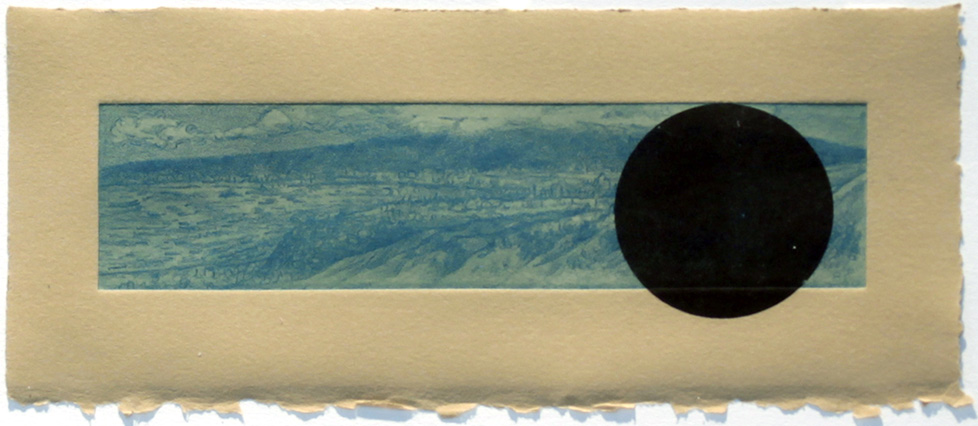 Retracing Steps: Waihee Valley intaglio and graphite 8" x 16" 2018 |
 Retracing Steps: Kealia Wildlife Refuge intaglio and screenprint 8" x 16" 2017 |
|
Feminine
Rock Formation
Society has assigned gender to nature, the most prominent of these being
Mother Nature. In western civilization and for centuries in indigenous
cultures around the world, our planet has been referred to as female. In
her series Feminine Rock Formation, Prose personifies nature as
female in large-scale drawings of abstracted vulvaesque rock formations.
Prose gathers inspiration for this series from the flowery abstractions
of Georgia O’Keeffe to the monumental ceremonial banquet of The
Dinner Party by Judy Chicago.
|
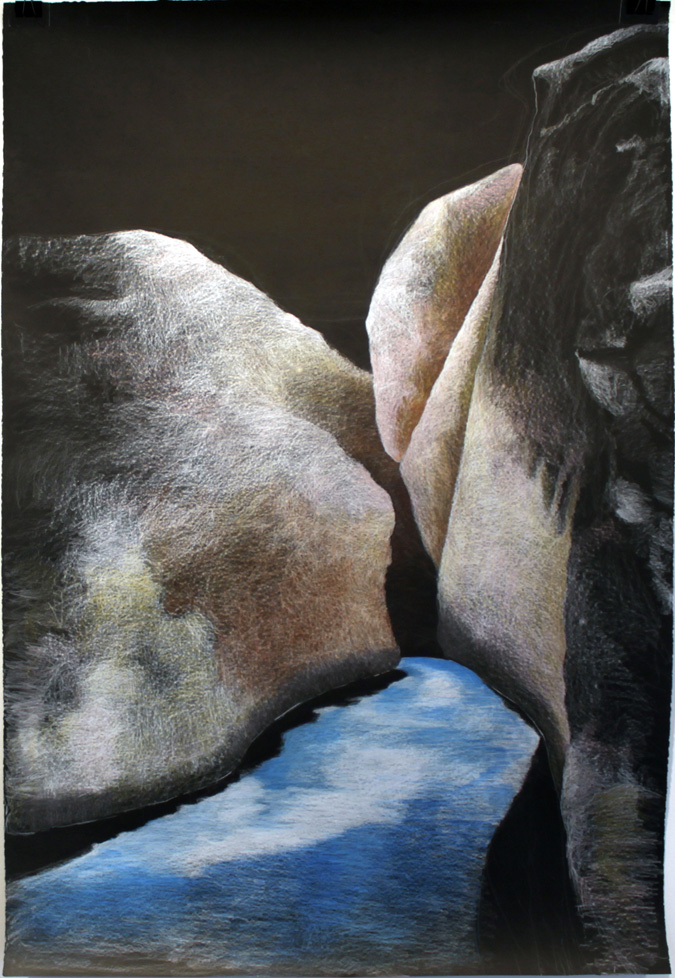 Feminine Rock Formation #2: Ko'olau Forest Reserve color pencil 58" x 84" 2018 |
|
Red Listed 2006-2010
A common theme in Prose's artwork is wildlife
conservation. In many artworks, she will include the conservation status
of the species/subject within the title of the artwork or symbolized by
color dots. For example, critically endangered is symbolized by the use
of a red dot in the composition. Critically endangered could mean that
the species/subject is considered in danger of becoming extinct or it
could mean there is not enough research to evaluate its current
existence status and it is already lost to the world. The colored dots
fall on the landscape playing a role in both the compositions harmony
and disruption. |
 Oklahoma Sample screenprint, acrylic paint, heat transfer, on wood panel From the Collection of William Cunningham 2009 |
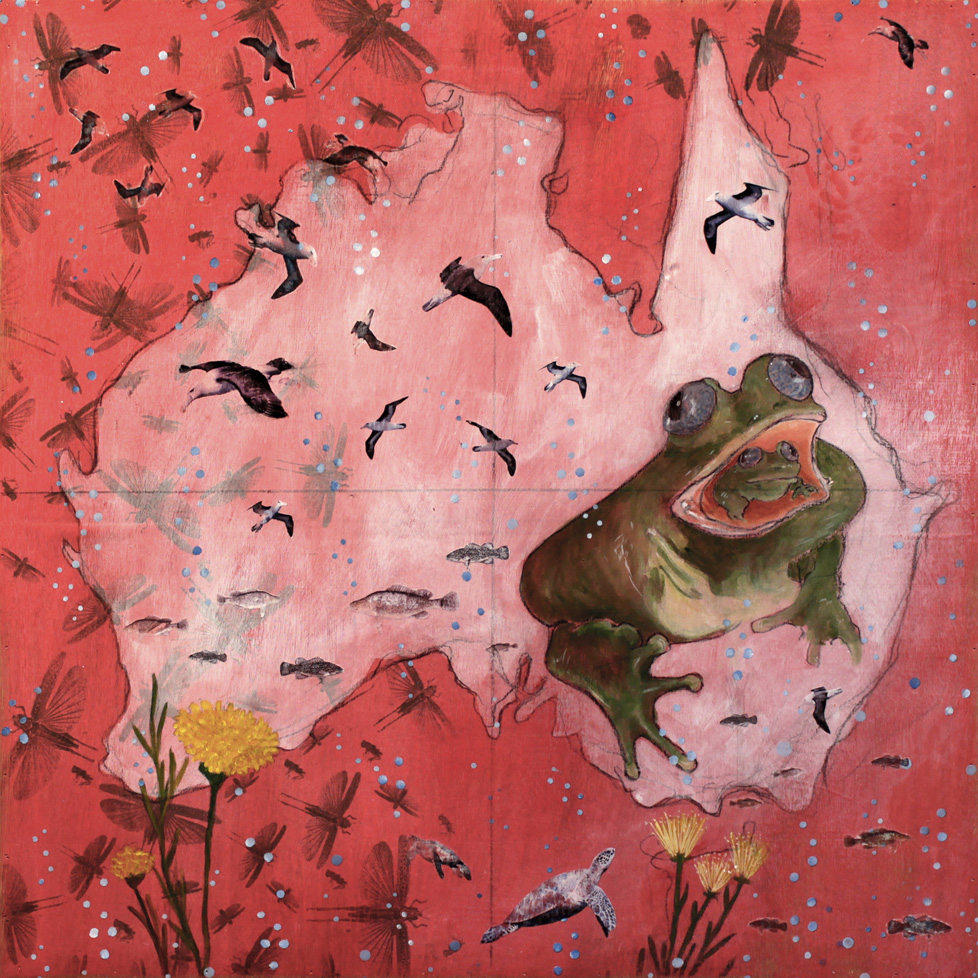 Australian Gastric Frog screenprint, acrylic paint, heat transfer, on wood panel From the Collection of Sage Gilbert 2009 |
 Pygmy Hippo screenprint, acrylic paint, heat transfer, on wood panel 15" x 15" 2009 |
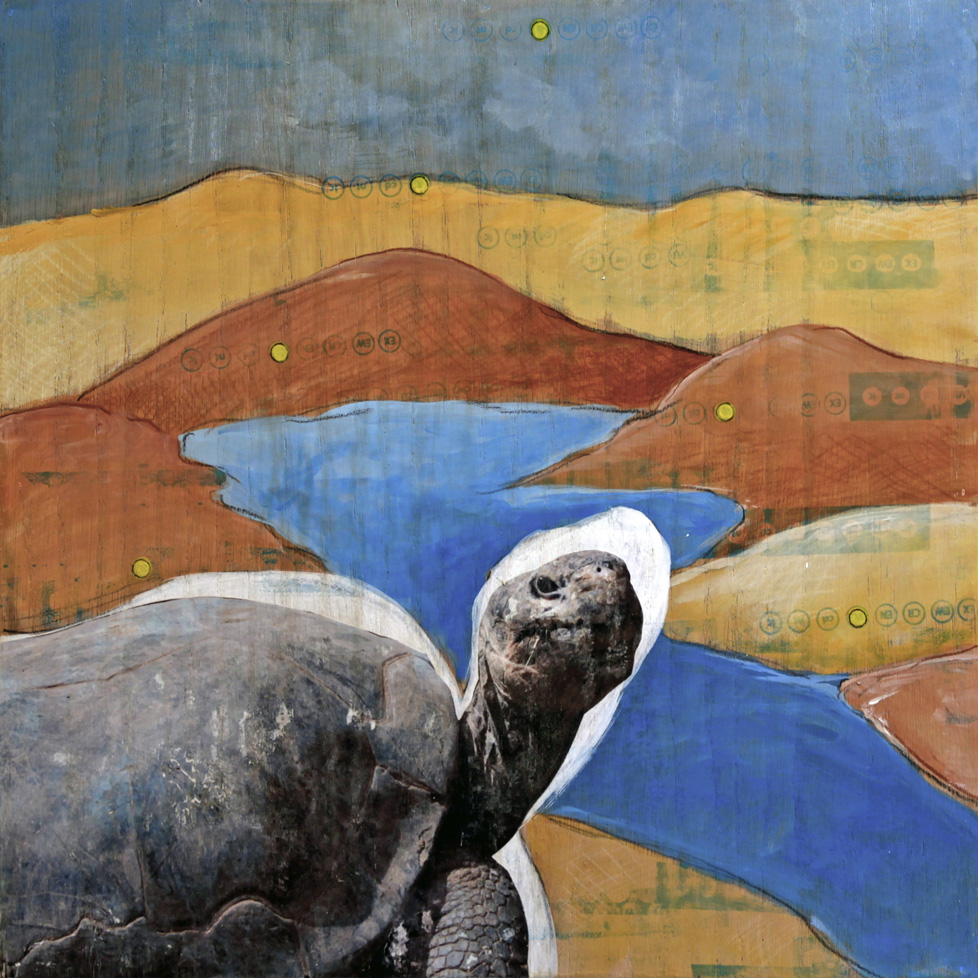 Darwin Tortoise: Endangered screenprint, acrylic paint, heat transfer, on wood panel 15" x 15" 2009 |
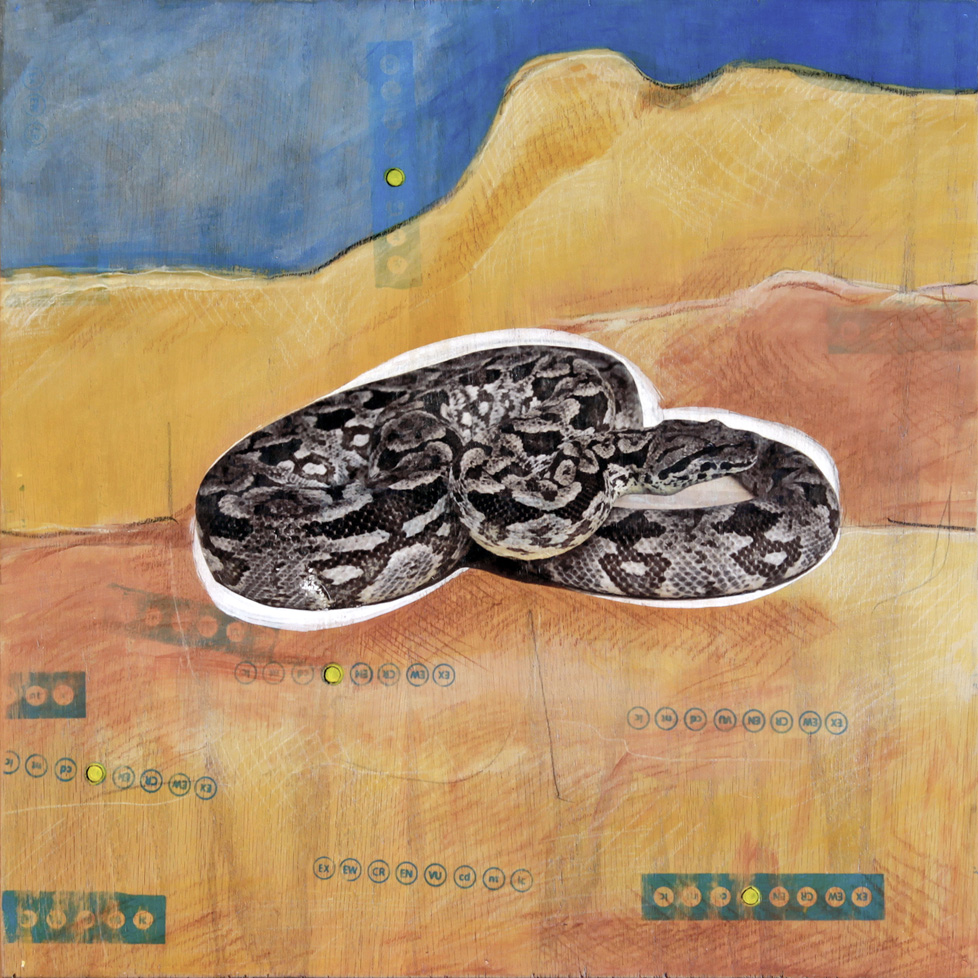 Dumerill's Ground Boa screenprint, acrylic paint, heat transfer, on wood panel 15" x 15" 2009 |
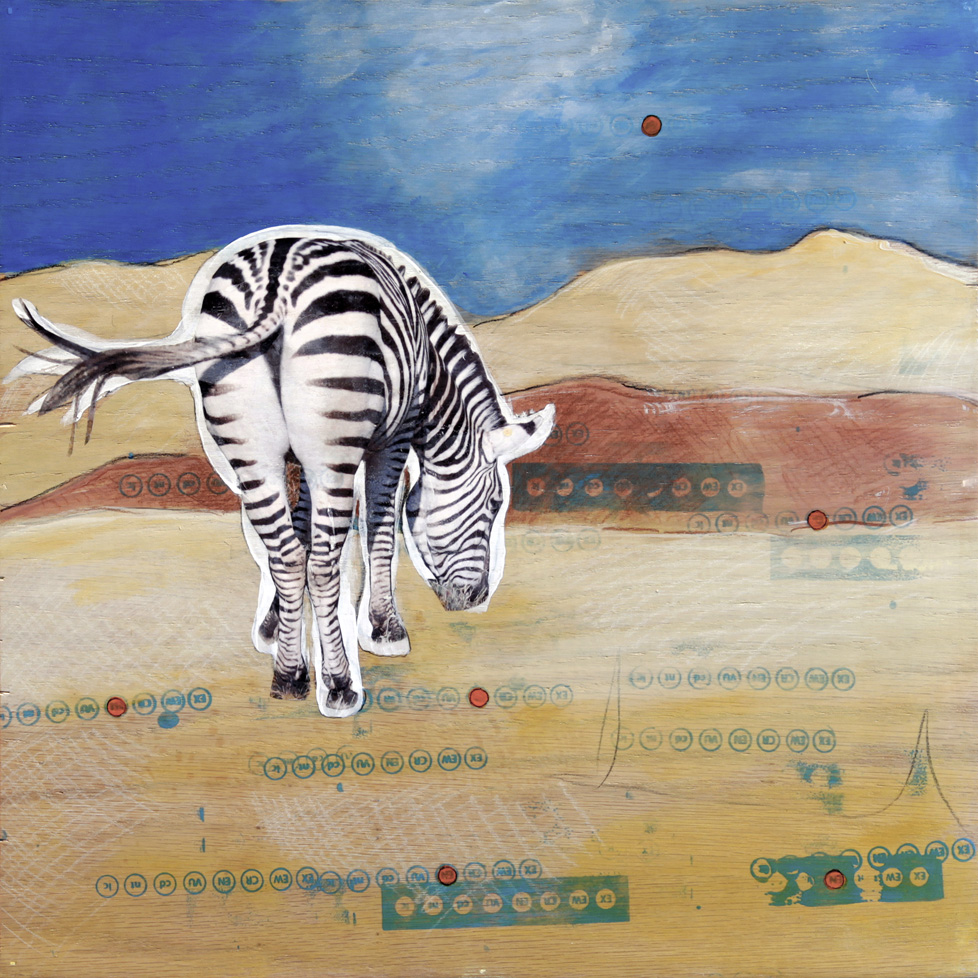 Grevy's Zebra: Endangered screenprint, acrylic paint, heat transfer, on wood panel 15" x 15" 2009 |
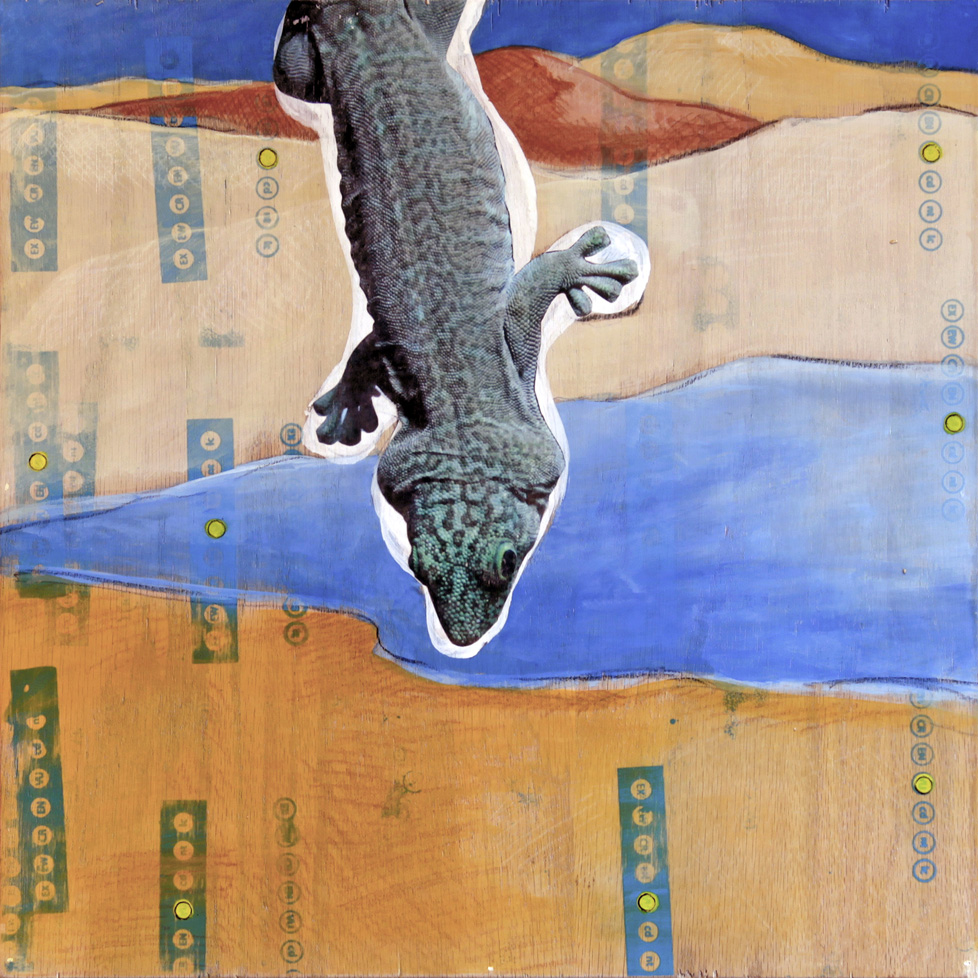 Standing Day Gecko: Vulnerable screenprint, acrylic paint, heat transfer, on wood panel 15" x 15" 2009 |
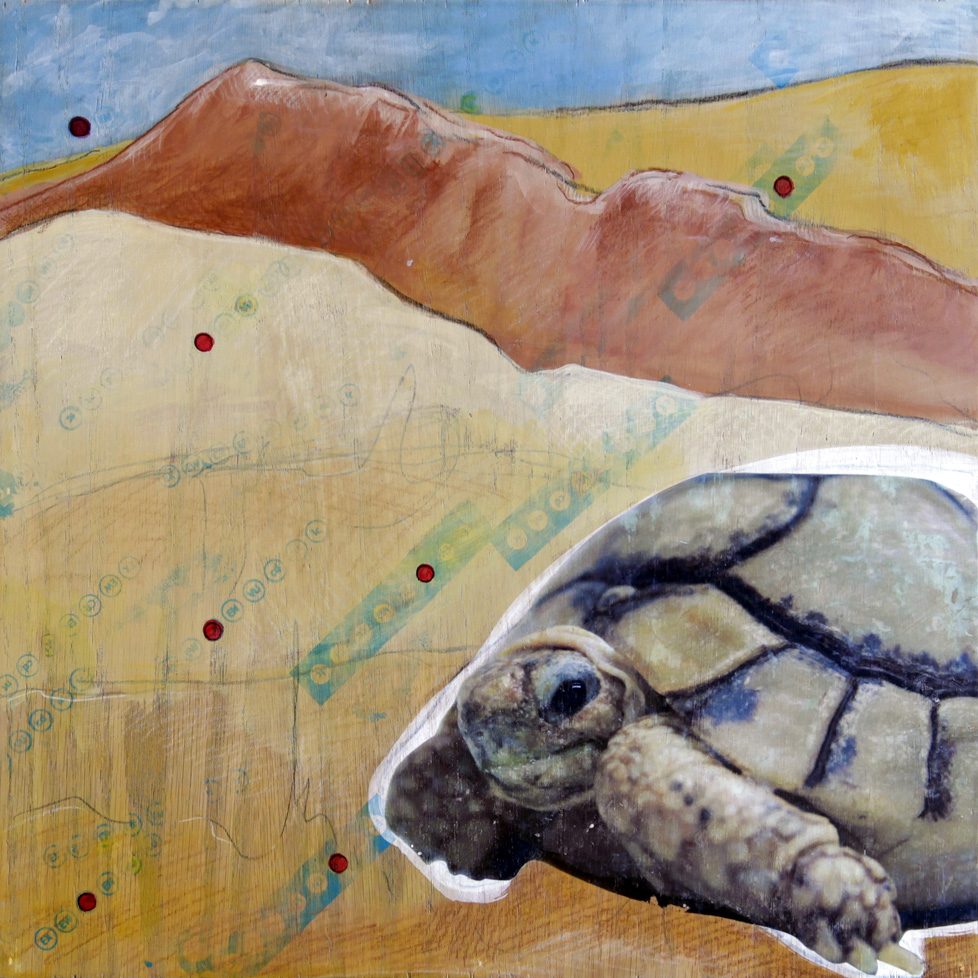 Egyptian Tortoise screenprint, acrylic paint, heat transfer, on wood panel 15" x 15" 2009 |
|
Sacred and Profane 2013-Present |
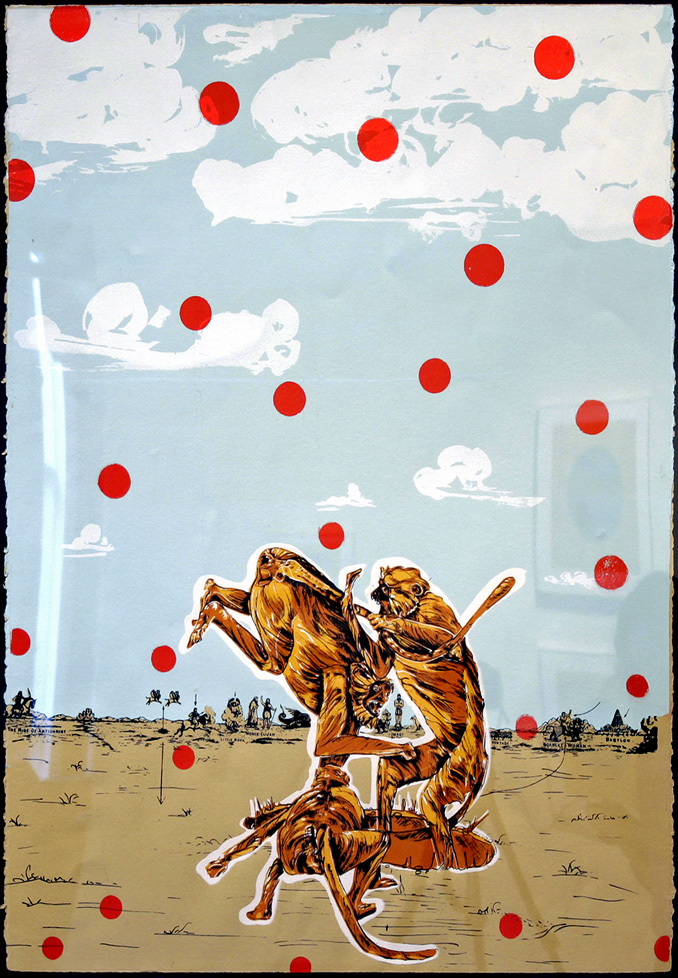 Langur Monkey: Critically Endangered screenprint and Clarence Larkin Illustration 22" x 30" 2011 |
 Calico Pennant: Least Concern screenprint and Clarence Larkin Illustration 15" x 15" 2012 |
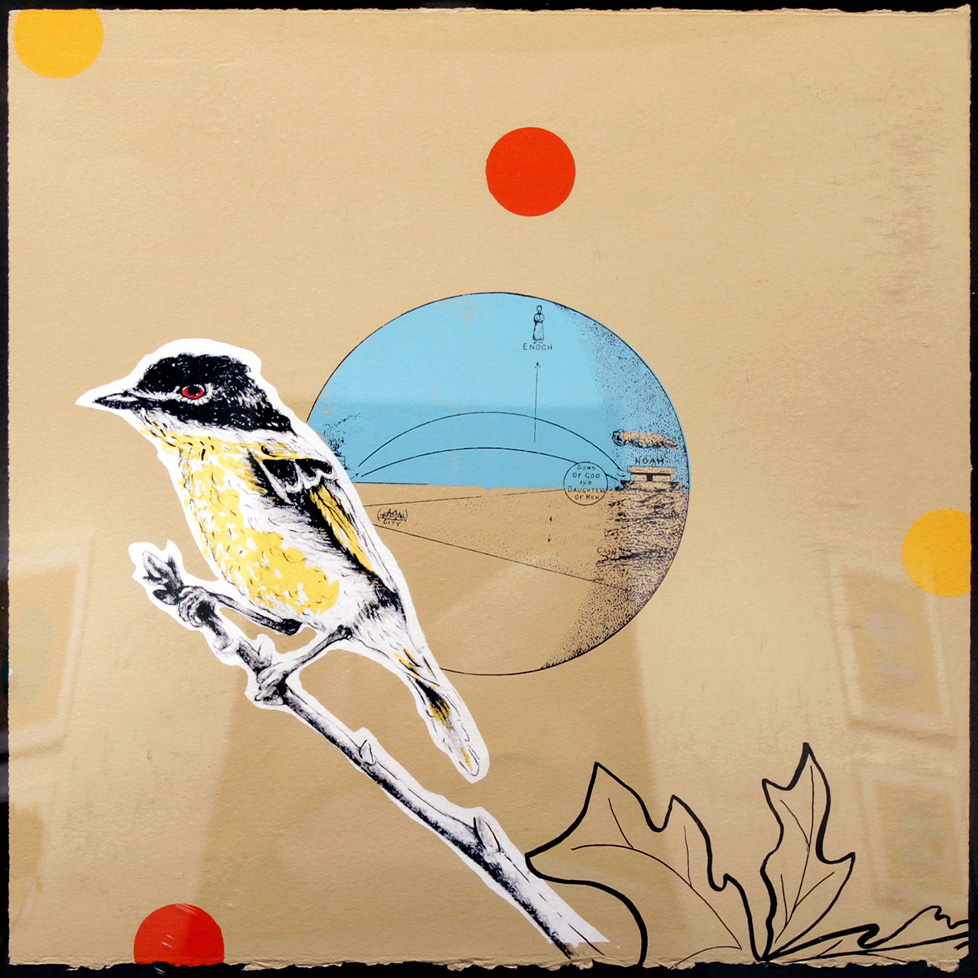 One Black Capped Vireo screenprint and Clarence Larkin Illustration 15" x 15" 2012 |
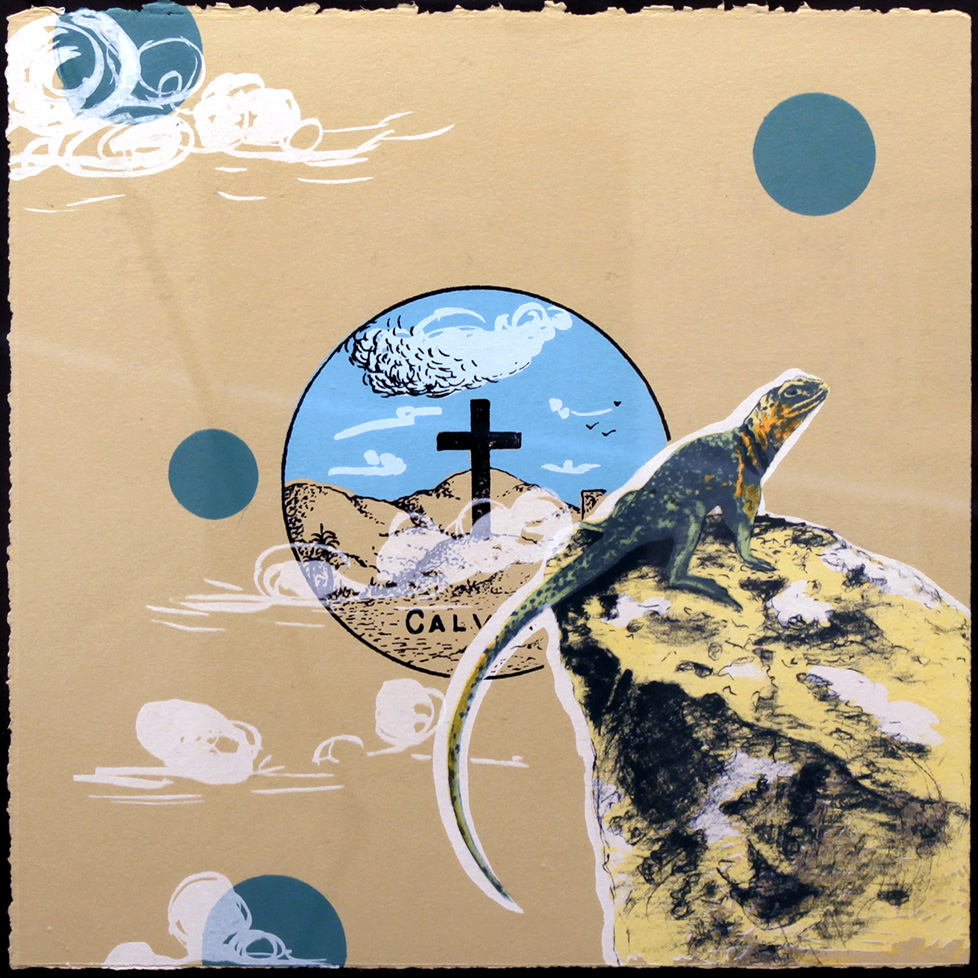 Mountain Boomer screenprint and Clarence Larkin Illustration 15" x 15" 2012 |
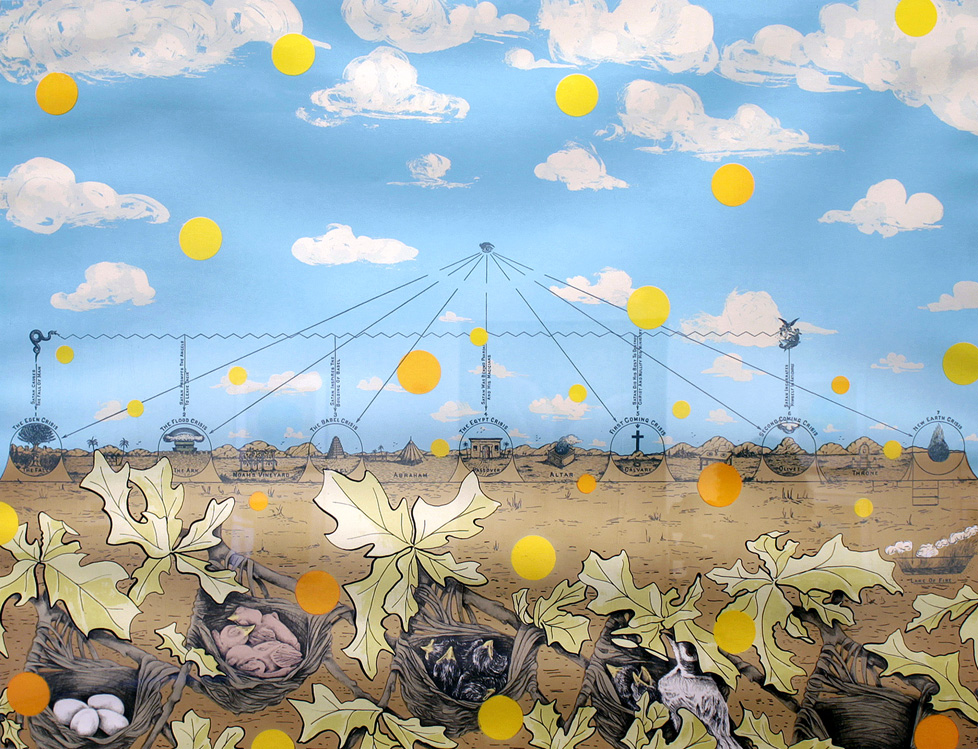 Black Capped Vireo: Vulnerable and Endangered screenprint and Clarence Larkin Illustration 38" x 48" 2012 |
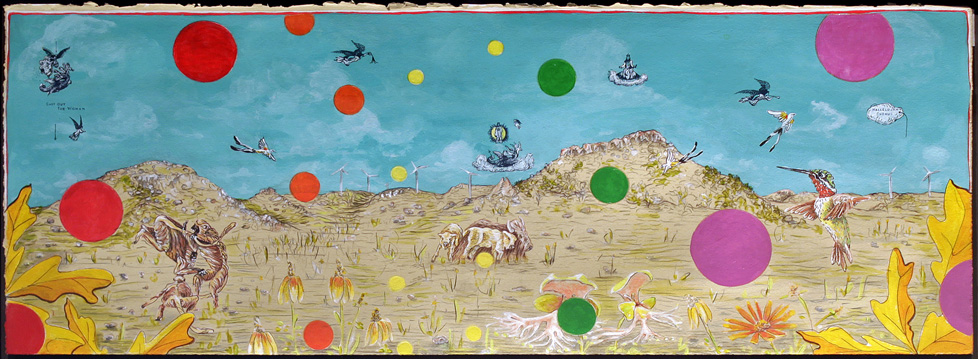 Texhoma Landscape #1 screenprint, pen and ink, acrylic paint, and Clarence Larkin Illustration 11" x 30" 2015 |
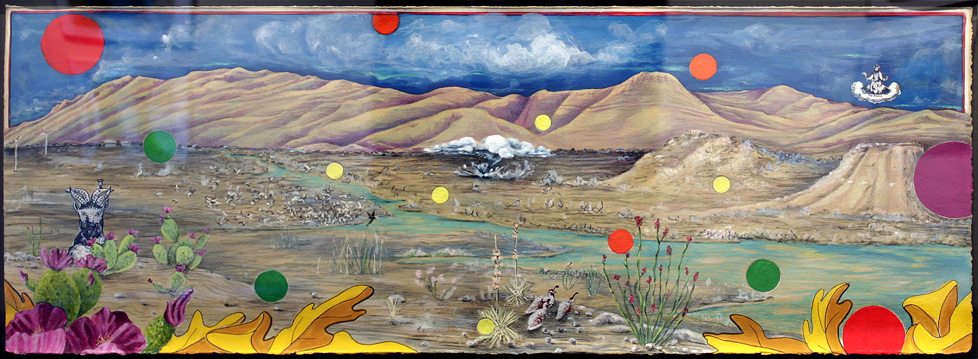 Truth or Consequence, New Mexico Landscape screenprint, pen and ink, acrylic paint, and Clarence Larkin Illustration 11" x 30" 2016 |
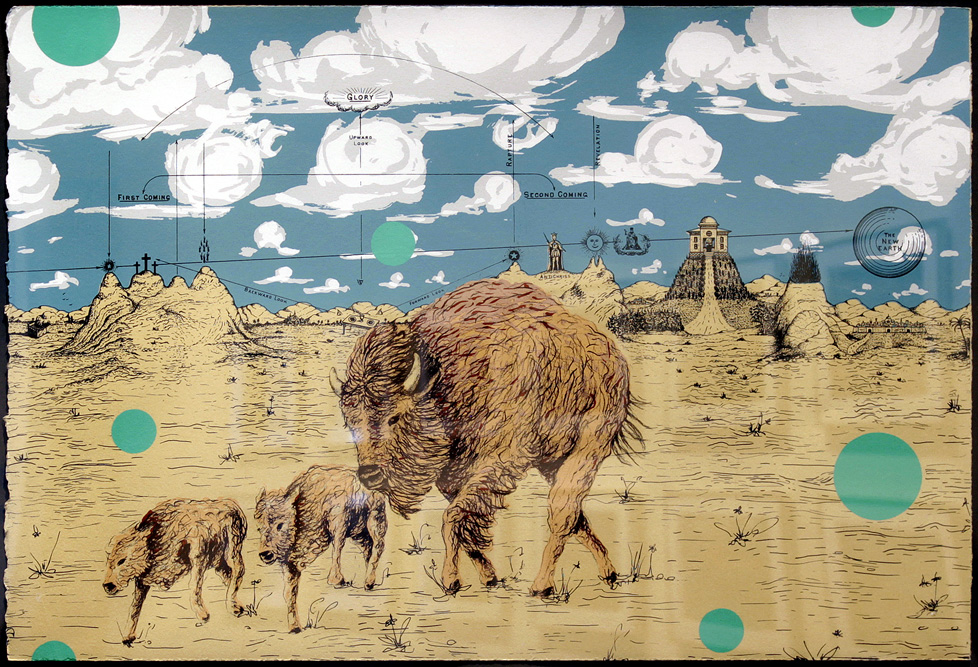 Female American Bison and Two Calves: Near Threatened screenprint 15" x 22" 2014 |
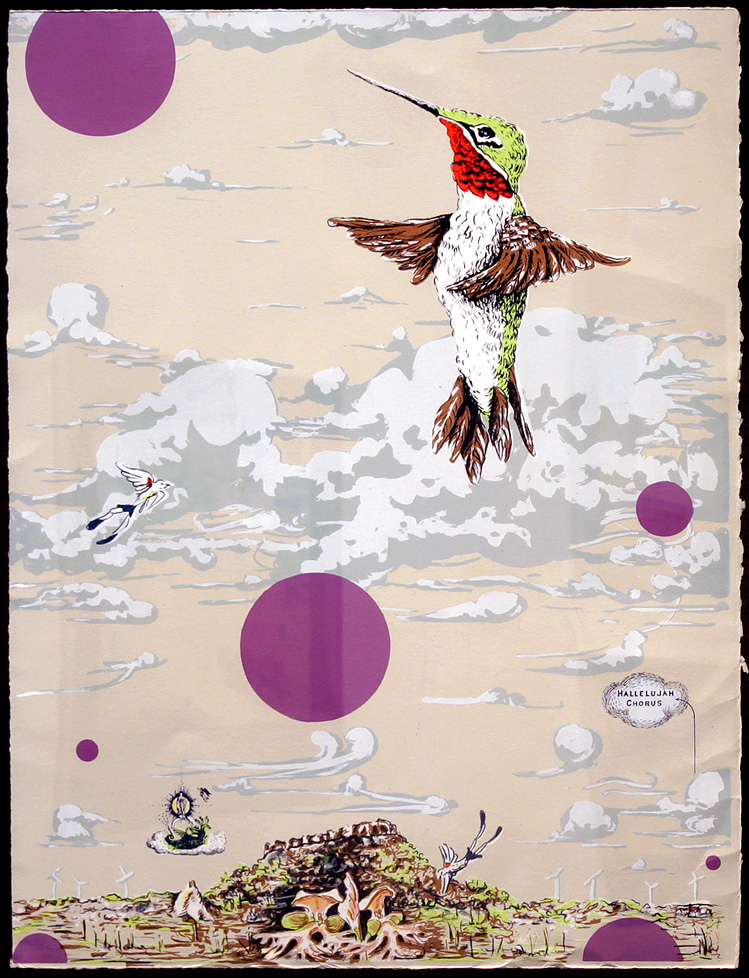 Texhoma Landscape #2 screenprint 2015 |
|
On Site
From Maui |
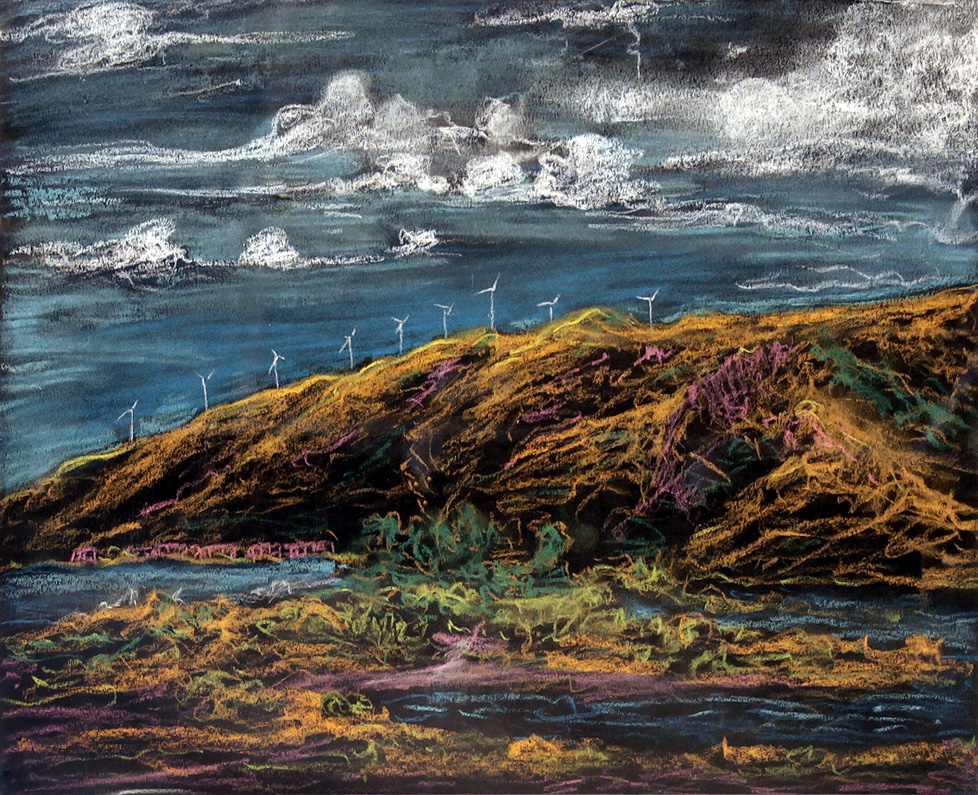 On Site: Kealia Wildlife Refuge June 18, 2017 pastel on black paper 13" x 16" 2017 |
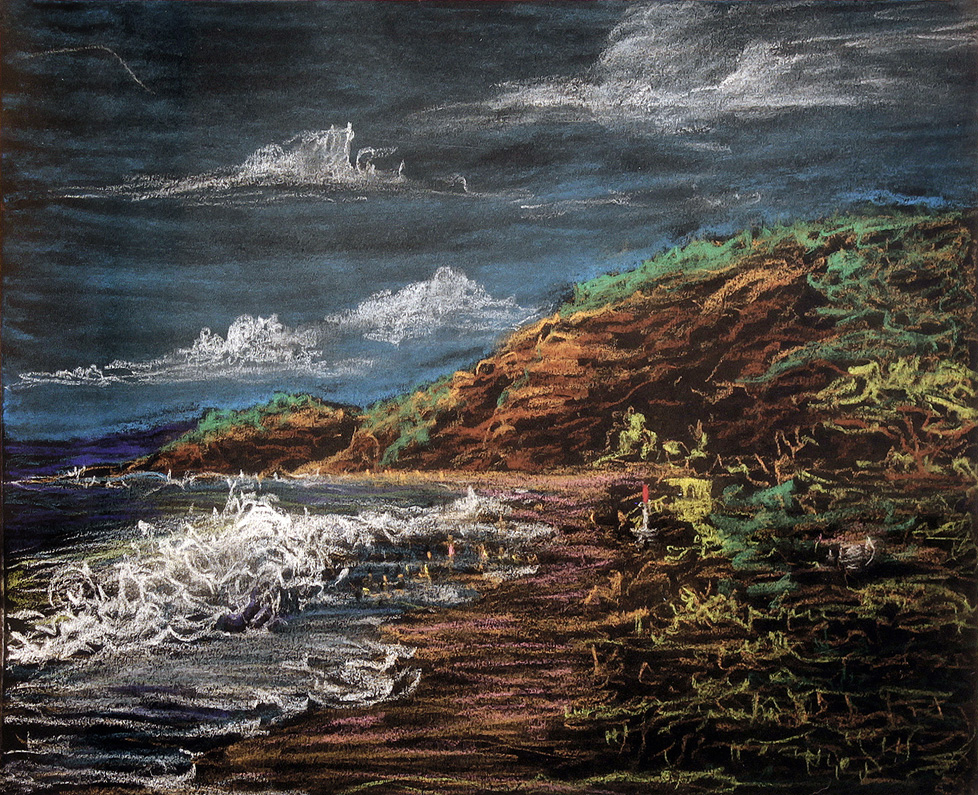 On Site: Big Beach June 18, 2017 pastel on black paper 13" x 16" 2017 |
 On Site: Near Ma'alaea June 19, 2017 pastel on black paper 13" x 19" 2017 |
 On Site: Ulua Beach June 19, 2017 pastel on black paper 13" x 16" 2017 |
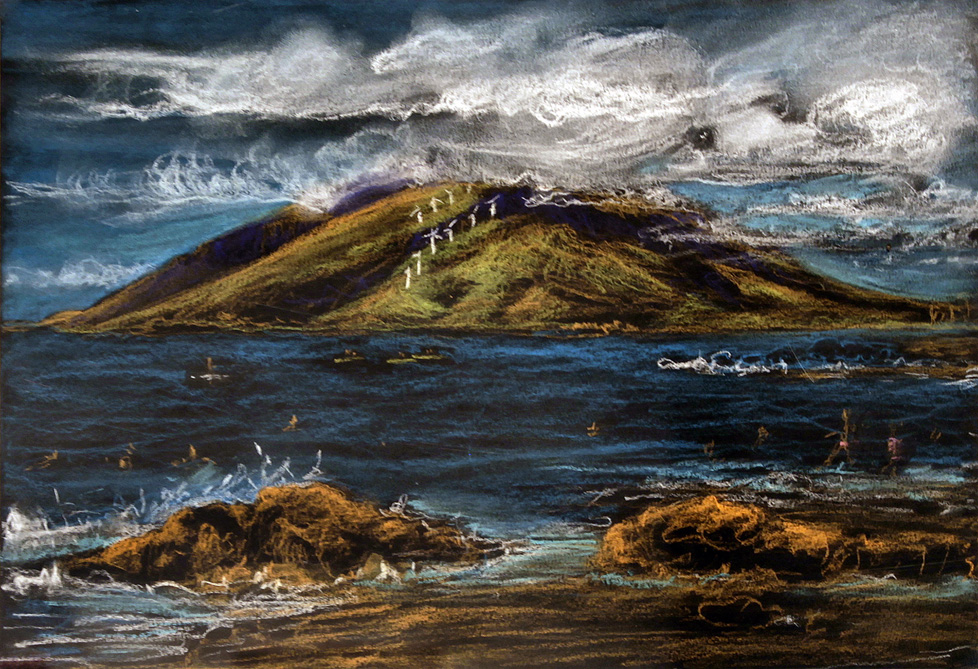 On Site: Ulua Beach June 19, 2017 pastel on black paper 13" x 19" 2017 |
 On Site: Po'Olenalena June 19, 2017 pastel on black paper 13" x 19" 2017 |
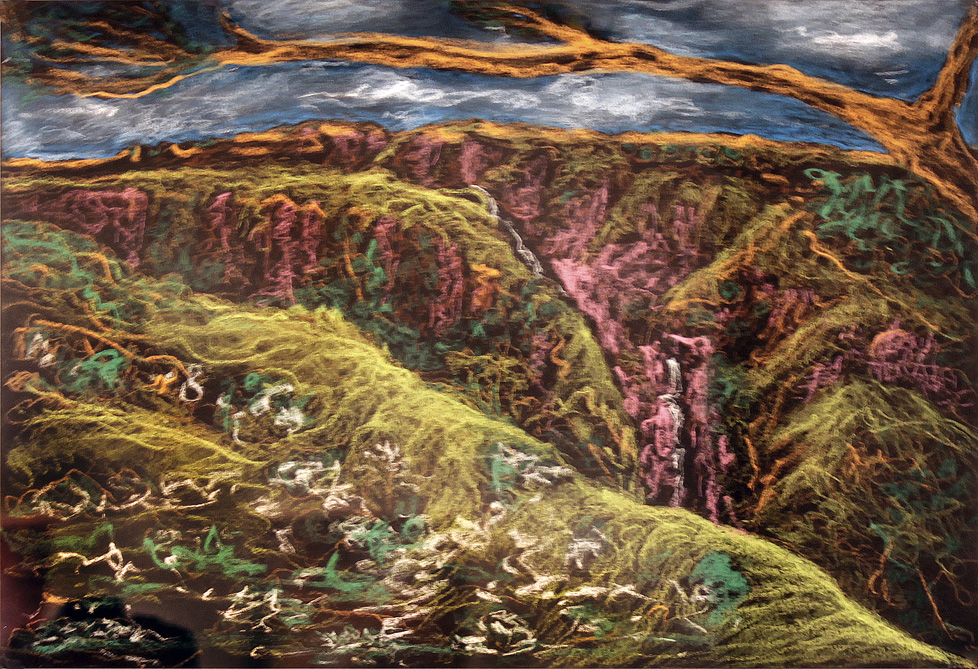 On Site: Waihee Valley June 20, 2017 pastel on black paper 13" x 19" 2017 |
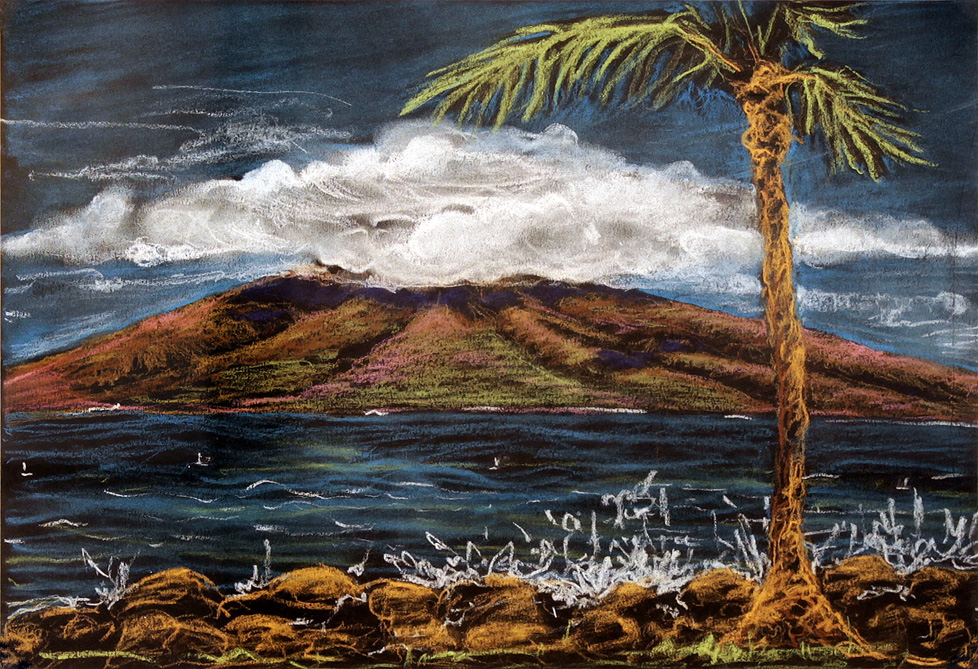 On Site: Wahikuli Park June 22, 2017 pastel on black paper 13" x 19" 2017 |
 On Site: Waiehu Beach Park June 23, 2017 pastel on black paper 13" x 19" 2017 |
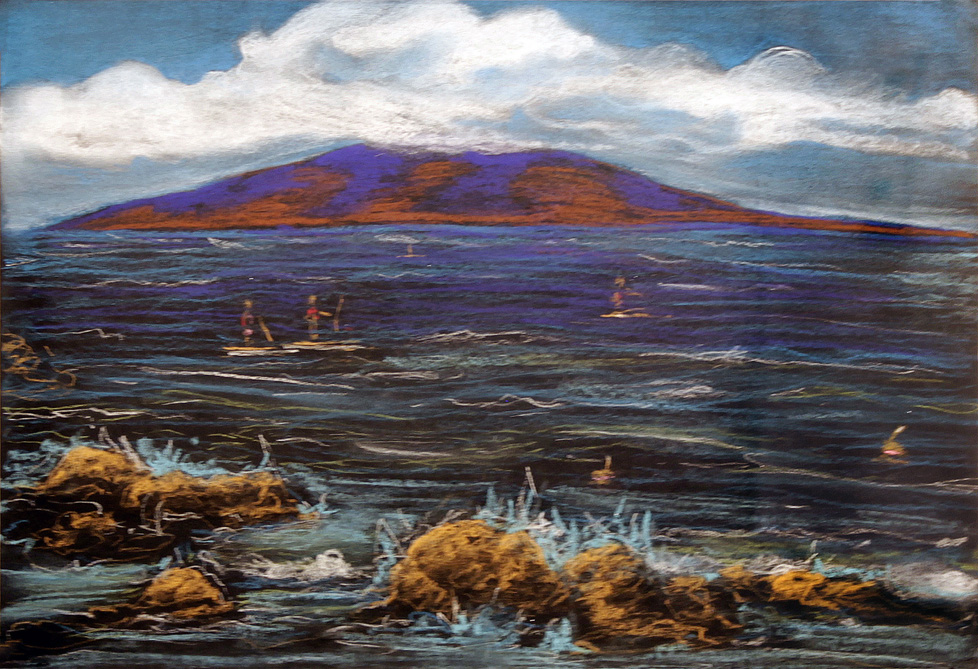 On Site: Ulua Beaqch June 25, 2017 pastel on black paper 13" x 19" 2017 |
 On Site: Black Beach June 27, 2017 pastel on black paper 13" x 19" 2017 |
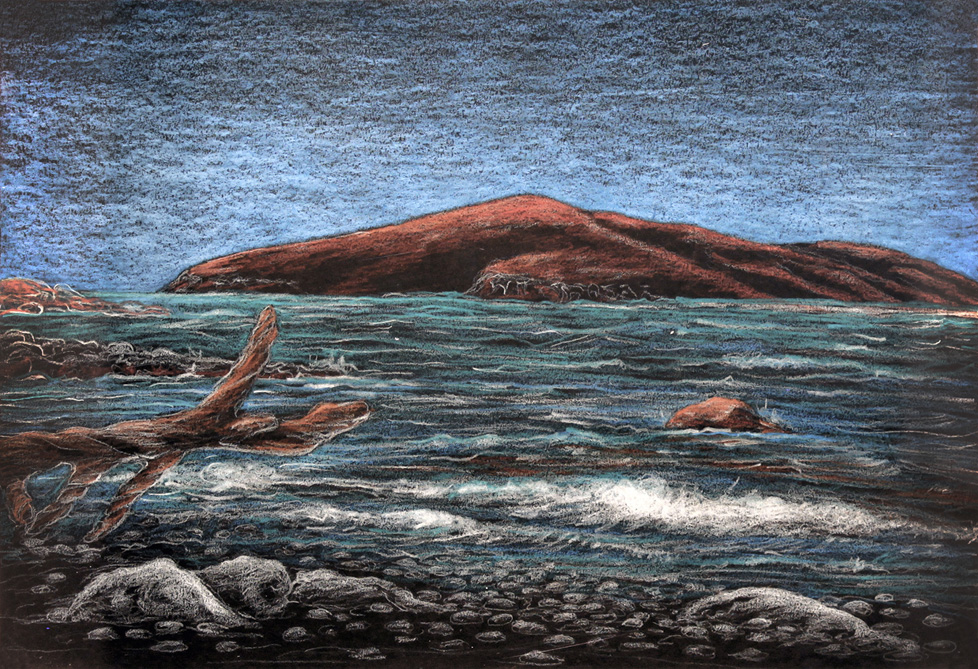 On Site: Ahihi Cove Over Looking Kaho'olawe (Sight of My Mother's Near Drowning) June 30, 2017 color pencil on black paper 13" x 19" 2017 |